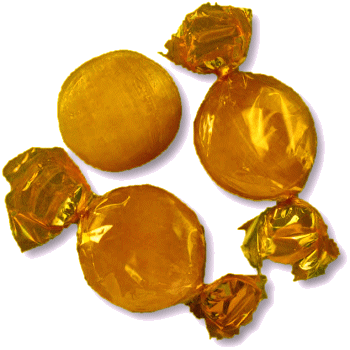




WELCOME TO An Entertainment Site for Scottish Country Dancers - Enjoy the curated selection of theme-related dances for celebrations and holidays, or find a dance associated with a special calendar day, or EVEN your own birthday!
Tailor Day
Feb 28
Other Scottish Country Dances for this Day
Today's Musings, History & Folklore
"Scotsmen, she had occasion to observe, often did have nice knees. Perhaps that was why they insisted upon kilts."
~ Gail Carriger
Perhaps? Definitely! And if you're a kilt-wearer or a kilt-admirer, which is your favourite? Kilts can be pleated either to the sett, so that the tartan pattern is preserved in the pleating, or else to the stripe, so that the same vertical line is centered on each pleat. Traditionally civilian kilts were pleated to the sett, and military to the stripe. Either way, this reel, celebrating the diligence and artistry of the bespoke kilt-maker, with steps reminiscent of sewing and pleating, is sure to elicit a good kilt flip on the ending quick turn! And if you care to try your hand at kilt-making, very recently, Marian Foster, one of Scotland's last master kilt makers, has created an online course to learn the art! 🪡 🧵 🏴
The Kilt Maker
The kilt first appeared as the great kilt, the breacan or belted plaid, during the 16th century, and is Gaelic in origin. The filleadh mòr or great kilt was a full-length garment whose upper half could be worn as a cloak draped over the shoulder, or brought up over the head.
A version of the filleadh beag (philibeg), or small kilt (also known as the walking kilt), similar to the modern kilt was invented by an English Quaker from Lancashire named Thomas Rawlinson some time in the 1720s. He felt that the belted plaid was "cumbrous and unwieldy", and his solution was to separate the skirt and convert it into a distinct garment with pleats already sewn, which he himself began wearing. His associate, Iain MacDonnell, chief of the MacDonnells of Inverness, also began wearing it, and when the clansmen the two employed in logging, charcoal manufacture and iron smelting saw their chief wearing the new apparel, they soon followed suit. From there its use spread "in the shortest space" amongst the Highlanders, and even amongst some of the Northern Lowlanders. It has been suggested there is evidence that the philibeg with unsewn pleats was worn from the 1690s.
A kilt can be pleated with either box or knife pleats. A knife pleat is a simple fold, while the box pleat is bulkier, consisting of two knife pleats back-to-back. Knife pleats are the most common in modern civilian kilts. Regimental traditions vary. The Argyll and Sutherland Highlanders use box pleats, while the Black Watch make their kilts of the same tartan with knife pleats. These traditions were also passed on to affiliated regiments in the Commonwealth, and were retained in successor battalions to these regiments in the amalgamated Royal Regiment of Scotland.
Pleats can be arranged relative to the pattern in two ways. In pleating to the stripe, one of the vertical stripes in the tartan is selected and the fabric is then folded so that this stripe runs down the center of each pleat. The result is that along the pleated section of the kilt (the back and sides) the pattern appears different from the unpleated front, often emphasising the horizontal bands rather than creating a balance between horizontal and vertical. This is often called military pleating because it is the style adopted by many military regiments. It is also widely used by pipe bands.
In pleating to the sett, the fabric is folded so that the pattern of the sett is maintained and is repeated all around the kilt. This is done by taking up one full sett in each pleat, or two full setts if they are small. This causes the pleated sections to have the same pattern as the unpleated front.
There are many resources to teach yourself to make a kilt or you can enroll in the many available short courses available throughout the world or even kiltmaking academies and schools which provide for more serious study.
For all tailors, weavers, semptstresses, and seamstresses who provide us with tartan and kilts, we thank you!
To see the dance performed at the Toronto RSCDS Youth Ball, scroll down. And for more on do-it-yourself kiltmaking, click the painting "The Kiltmaker" by Sarah Longley.
Click the dance cribs or description below to link to a printable version of the dance!



